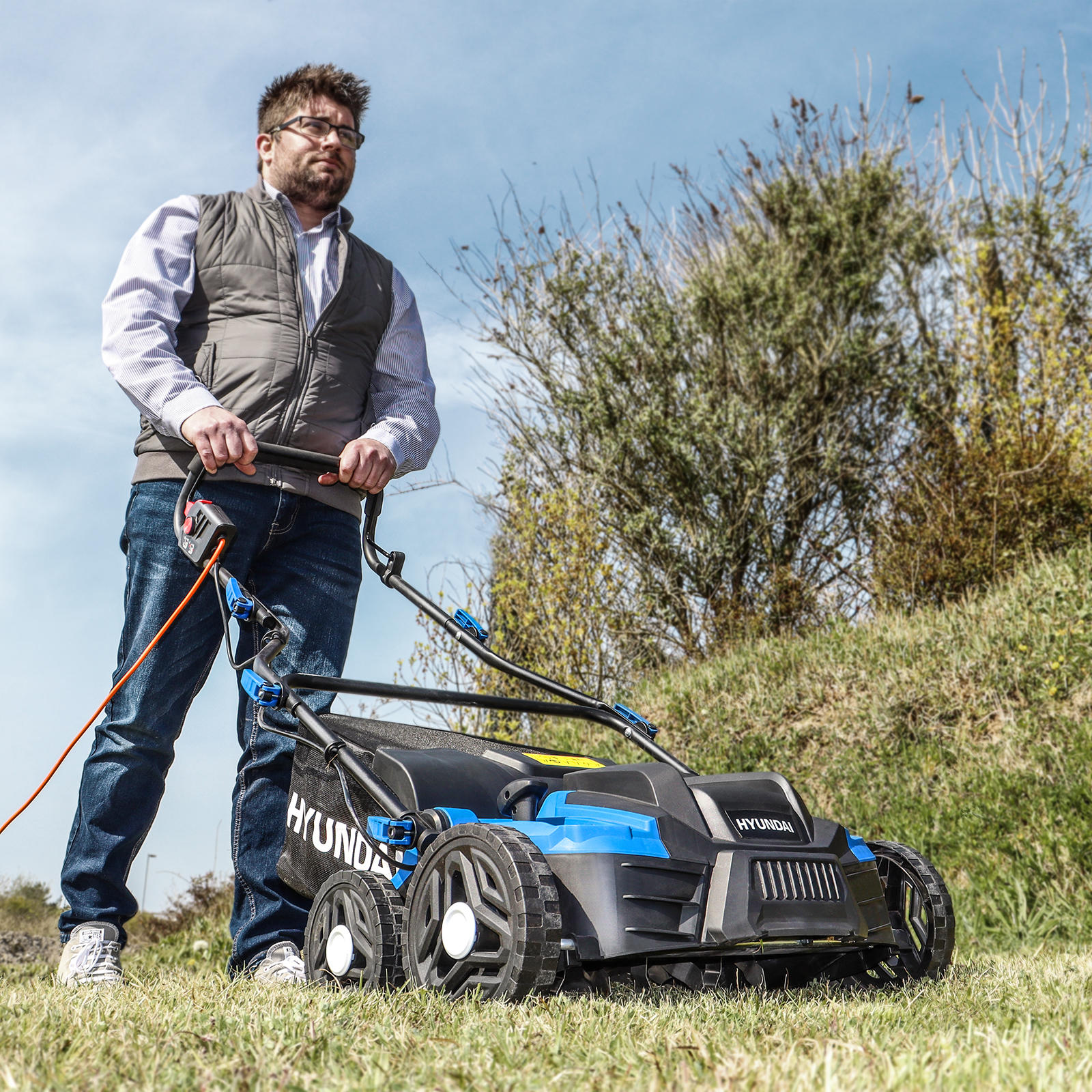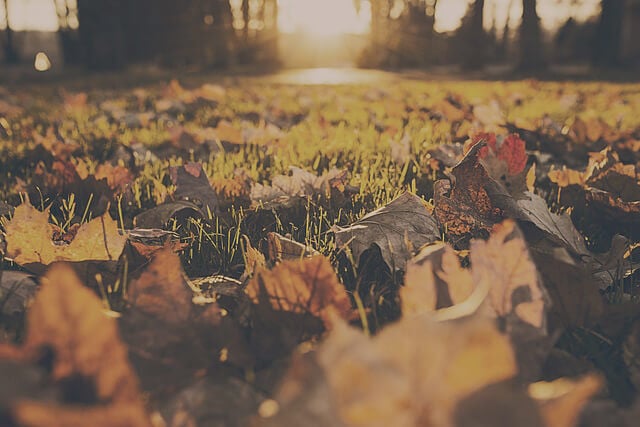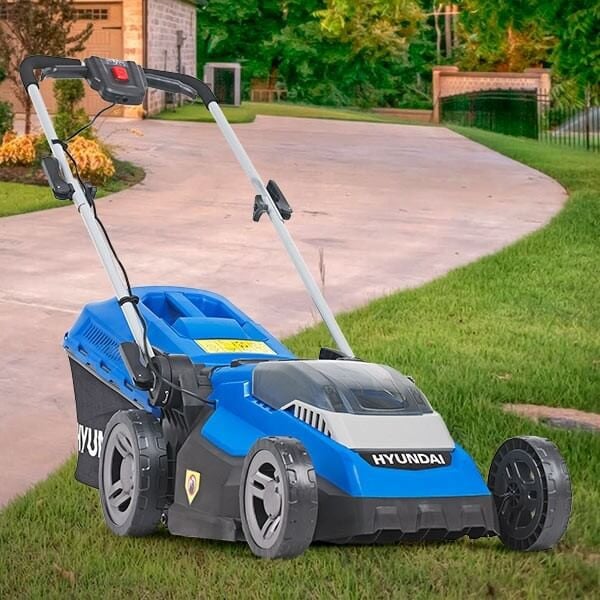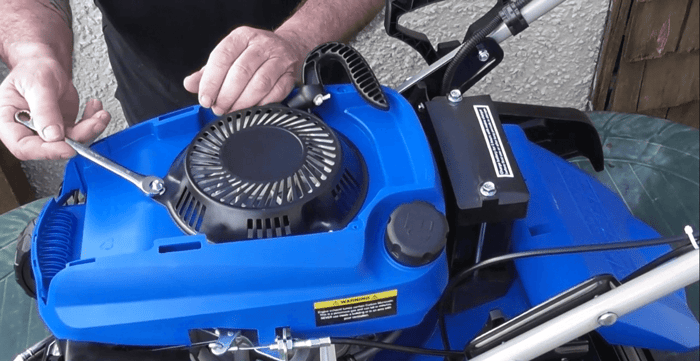
When Is the Best Time To Cut Your Grass After Winter?
Now that a particularly cold and windy winter is behind us and we’ve (finally!) entered into the spring season, you’ve probably noticed that your grass has started to grow and might be thinking about that first cut of the year.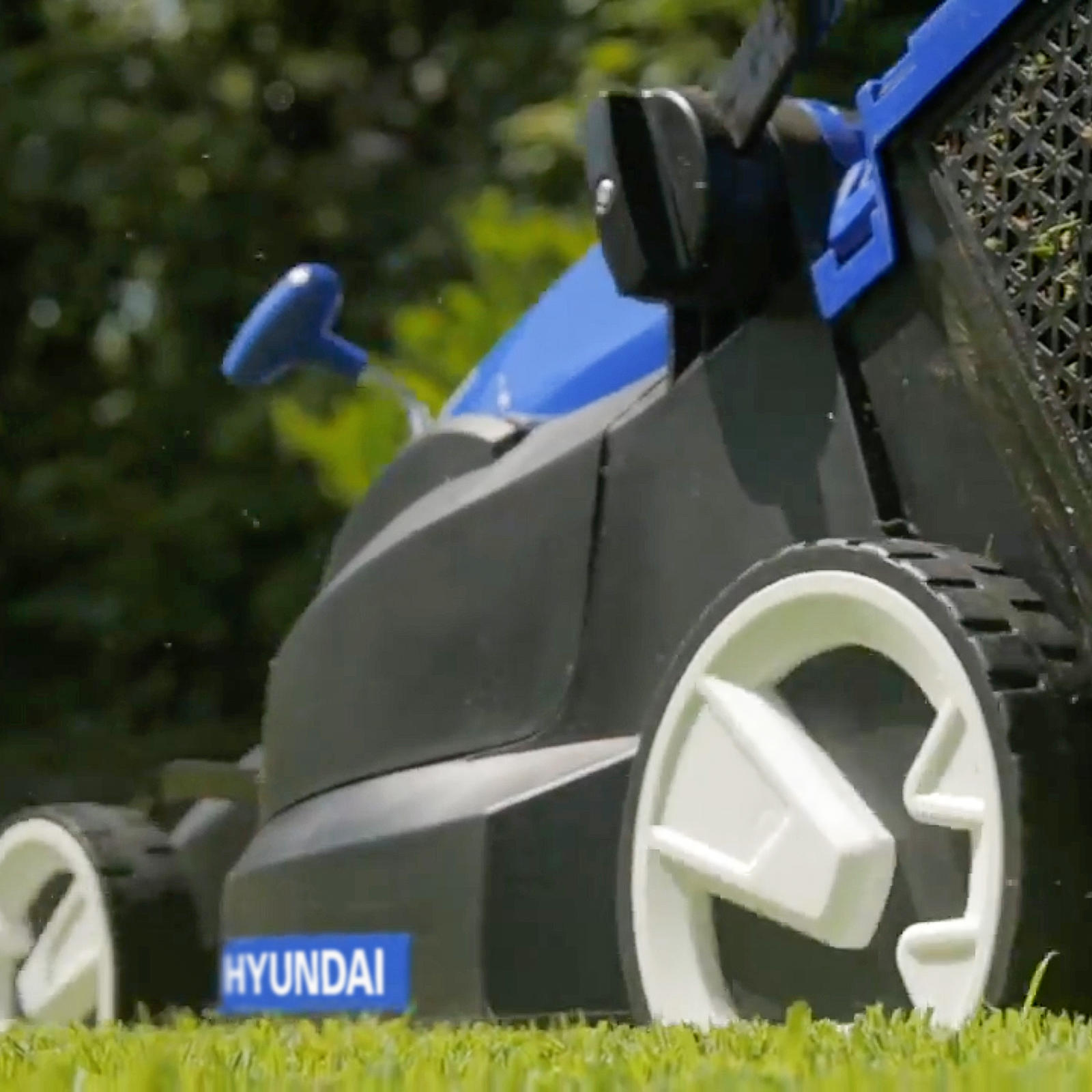
Grass is one of the earliest growers of the spring season, stopping growing during colder weather and starting again when soil temperatures reach around 6 degrees celsius.
This also means that during particularly mild winters, grass can continue to grow year-round!
So, what is the exact date you should start cutting your grass?
In general, your first grass cut of the year should happen in March, but the exact date is dependent on where you live and what the weather has been doing that year.
The Woodland Trust recently released a report which stated that the average date of that all-important first lawn cut in the UK is March 18th, according to their Nature’s Calendar project, set up to track the effects of climate change and weather patterns on UK nature.
Our top tips for mowing your lawn after winter
We’ve put together a list of our top tips for keeping your lawn as healthy as possible for the year ahead - and this all begins with the first cut of the season.
- The first mow of the year should be done on the highest cutting setting on your lawnmower, aiming to just trim a little off the top of the existing growth. Cutting too low could risk stressing the grass, causing shallow roots which could result in lawn bald patches or diseased grass.
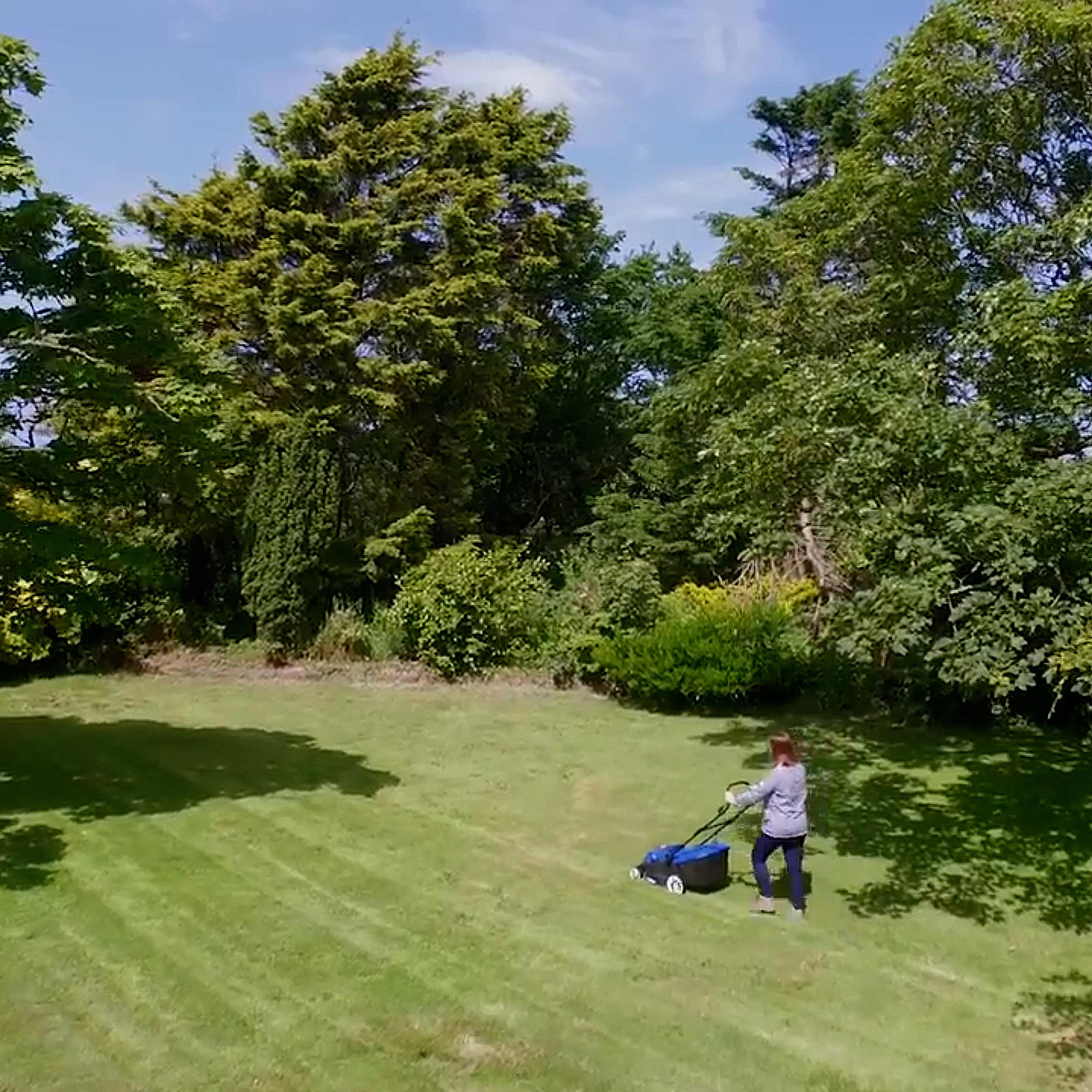
- You should also avoid cutting your grass when it’s wet. Not only can this cause an uneven cut and lead to an unpleasant mowing experience when it clogs up your mower’s deck (which can also lead to rust!), it can also affect your lawn’s health. Grass cut when it’s wet can tear the grass instead of providing a clean cut, leaving your lawn susceptible to fungal growth. On top of this, wet soil allows your mower’s wheels to sink in as you cut, potentially causing even more damage to your lawn. If it’s rained recently, give your lawn a few days to dry out before mowing.
- Even on dry days your lawn can be covered in morning dew; to counteract the effects of this, make sure to mow once any dew has evaporated, from late morning onwards.
- It’s important to bear in mind that weather this time of year is quite unpredictable; on some days it can be quite warm during the day but temperatures can dip at night. Avoid mowing when the ground is frosty, or if frost is due within the next 24 or so hours, as you could risk damaging the soil.
Mowing with blunt mower blades can also affect the health of your lawn. Why not treat your lawn to a brand new Hyundai Lawnmower? Shop our full selection of lawnmowers for sale by clicking here.
Dealing with thatch and moss build-up
How can you tell if your lawn would benefit from scarifying? Well, the classic signs are visible moss growth, bald patches (especially in areas of high footfall), or if it is spongy underfoot. But even healthy lawns benefit longer-term by including scarifying as part of your yearly lawn maintenance - and March is one of the best times of year to scarify your lawn!
During scarifying, stainless steel scarifying tines enter the ground to remove any compacted soil, as well as moss, thatch and weeds. Once these are removed, the lawn can breathe and will once again be able to absorb nourishing substances, oxygen and water for a healthy, uniform, green lawn.
If you’d like to know more about our range of cost-effective Hyundai Scarifiers, please click here.
We hope you’ve found this blog helpful. Remember - if you need any further advice or information, our friendly team of experts is on-hand to help so just get in touch!
For expert advice or any questions you may have, you can give us a call on 01646 687880, fill out the contact form here or drop us a message on any of our social media pages - Facebook, LinkedIn, Instagram or Twitter.

 Expert Advice and Aftersales
Expert Advice and Aftersales Free UK Delivery*
Free UK Delivery*